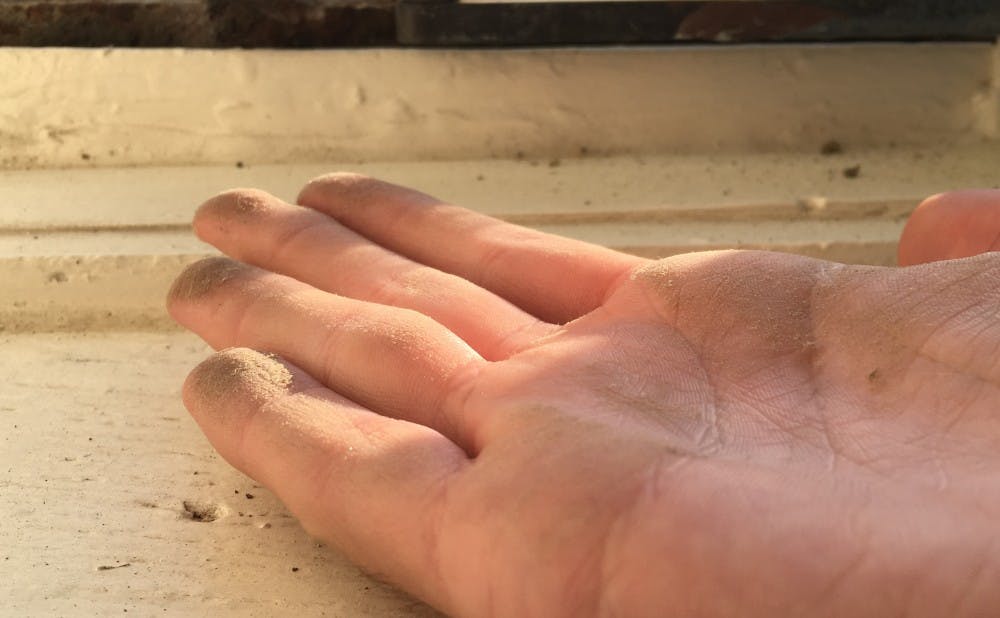Household dust may make you sneeze and irritate your eyes. But it can also lead to more severe health effects, according to a recent study out of the Nicholas School of the Environment.
Published in the journal Environmental Science & Technology, the study links indoor contaminants and metabolic disruptors found in dust to increased accumulation of fat cells. Metabolic disruptors—which can come from common consumer goods such as electronics and food packaging—include flame retardants and pesticides that contaminate dust around the household. The study was carried out using mouse cells in the lab of Heather Stapleton, associate professor of environmental ethics and sustainable environmental management.
“We’ve been studying obesogens, or metabolic disruptors, in indoor house dust samples,” said Christopher Kassotis, a postdoctoral research fellow in the Stapleton lab. “We found that more than two-thirds of these chemicals acted to drive fat cell development.”
Researchers first screened dust samples for the presence and concentration of different indoor contaminants. To determine the effect of dust particles on the body, they then measured both fat cell size and fat content in cells that were exposed to the contaminants from the dust samples.
Kassotis and his team discovered that fat precursor cells, which are responsible for replenishing the fat cell population, had developed from exposure to very low levels of the chemicals. The fat precursor cells can develop as the harmful chemicals interfere with the endocrine system and disrupt normal development of lipid metabolism.
The research has not been used on human models yet. But the metabolic disturbance still leaves questions about how much the harmful chemicals can impact people most exposed to them.
“The EPA estimates that children consume about 50 milligrams of dust per day, and we were seeing effects in our cell model from about 15 micrograms of dust per day,” Kassotis said. “While you can’t directly translate a cell model dose to a human model, it does raise the concern that very low levels were able to drive fat cell development.”
Kassotis said any adverse health effects from these contaminants would be more severe for children than adults because the developmental stages of childhood are more susceptible to metabolic disruption. Adults, he said, would likely experience transient health effects that could dissipate with a lack of chemical exposure.
“During these critical windows like gestation, early life and puberty, the proper amount and timing of hormones is critical to proper development,” Kassotis said. “Exposure to chemicals that can disrupt that process can lead to lasting effects on health.”
Despite evidence of increased fat cell production, Kassotis cautioned against jumping to complete conclusions. He said the results from the study are not sufficient to assume a direct link between household dust and obesity.
Meanwhile, he suggested that switching to “damp dusting”—moistening a cloth or other dust collector before dusting—would reduce the number of potentially harmful contaminants stirred up into the air.
“We’re currently looking at several larger collections of house dust samples and working to correlate the degree of fat cell development induced by these samples with the metabolic health of the residents living in these homes,” Kassotis said. “That’ll ultimately be a better answer to that question of whether this elicits some sort of health result.”
Get The Chronicle straight to your inbox
Signup for our weekly newsletter. Cancel at any time.

